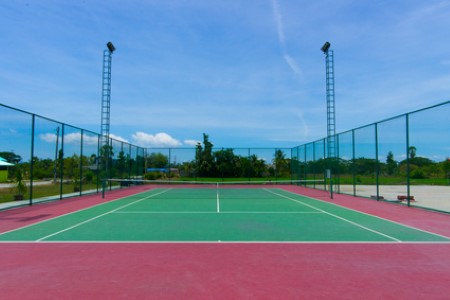Sports Lighting Checklist: What You Need To Know

The right indoor/outdoor lighting is just as important to your sports complex as any other component. Since most sporting events occur during the evening hours, lighting can be the central most important item on your list. Although most spectators and athletes take lighting for granted, placing the right lighting in any complex requires solid planning and strategy. Below is a short checklist of items to consider as you begin to install a lighting system..
Indoor vs. Outdoor
Whether your complex is indoors or outdoors greatly determines the amount of light you need, what type of lighting, and the placement of the lighting. An indoor complex allows light to reflect and ‘bounce off’ the walls, floors, and everywhere else. The light is contained. So obviously you won’t need the same type of lighting that you would need for a football stadium, where light projection has to be considerably stronger. The basic rule of thumb to remember is that it takes greater lighting to light up an outdoor field than it does an indoor facility. This requires much more energy and a power source that can handle it.
Light Placement
Have you ever heard an athlete blame a missed shot or incomplete pass on light glare? This is a common occurrence in facilities where lights were not placed where they should be. Although it’s impossible to completely diffuse light rays, proper light placement is a must in any facility. This is why you rarely see lights on either end of a football field or in areas where critical plays need to be made.
Quality of Light
When talking about light quality, you will hear the term uniformity or evenness of light on the playing surface. It’s stated as a ratio, like 3:1, the minimum standard for most sports. What that means is the brightest point on the field should be no more than three times as bright as the darkest point. This ratio is important because a ball can appear to change speed as it passes from dark to light areas, making it difficult for players to follow the flight and gauge the speed of the ball.
Managing Your Lighting System
As public concern for energy conservation grows and budget constraints impact staffing, schools and other organizations are turning to automated indoor or outdoor lighting control systems. The systems are more reliable than timers, better accommodate last minute changes, save energy, and eliminate staff time traveling to fields to turn lights on and off.